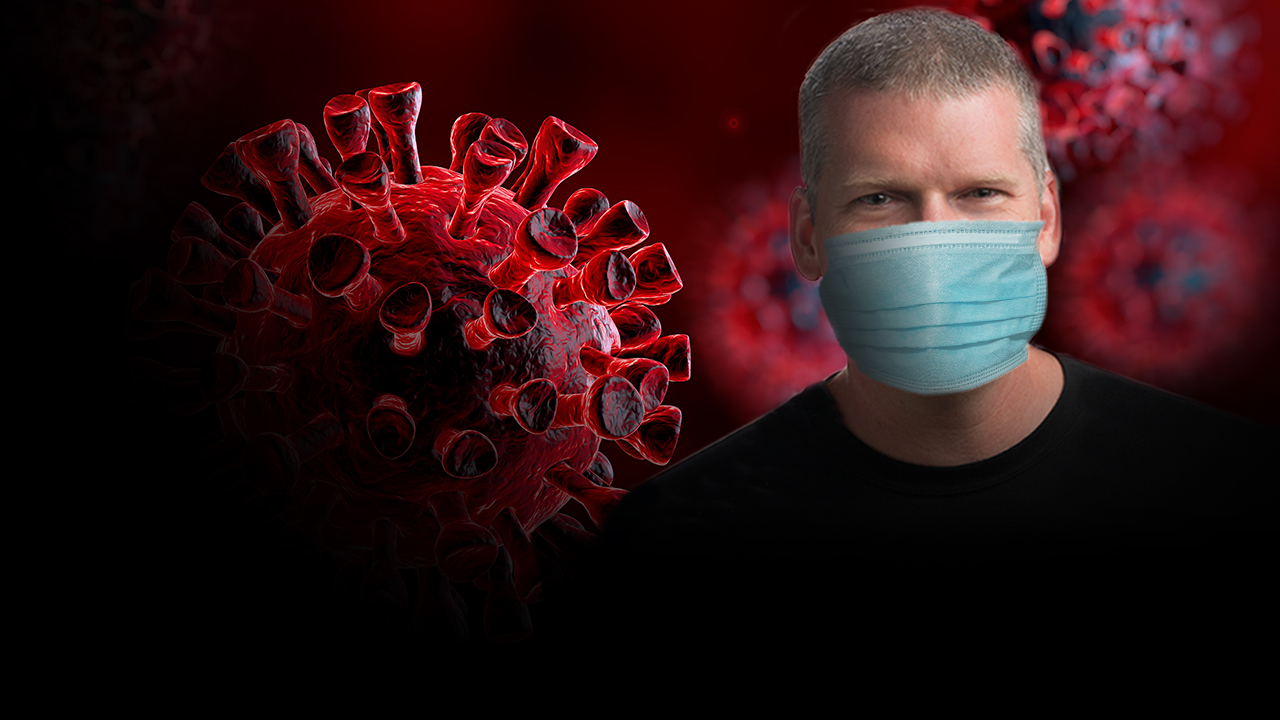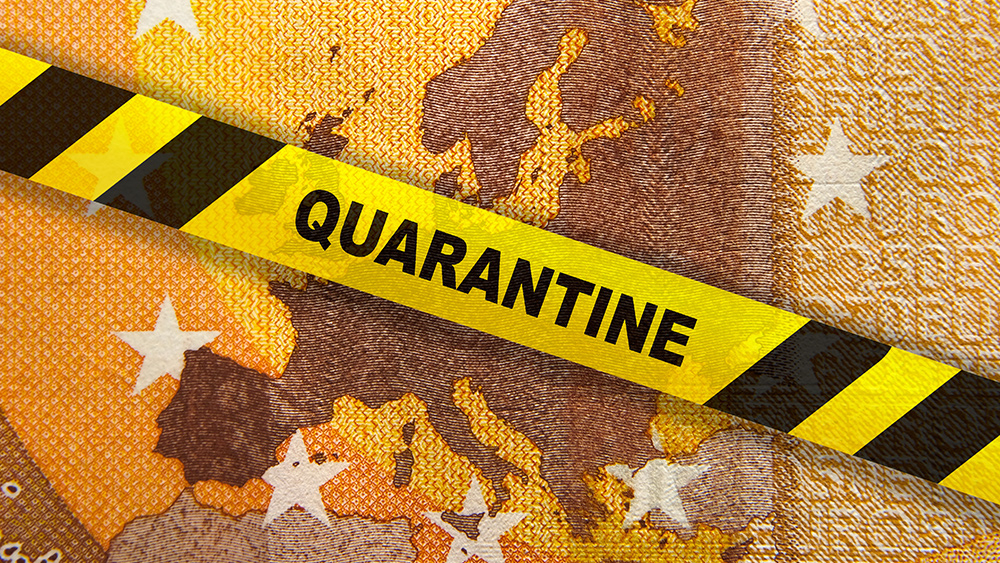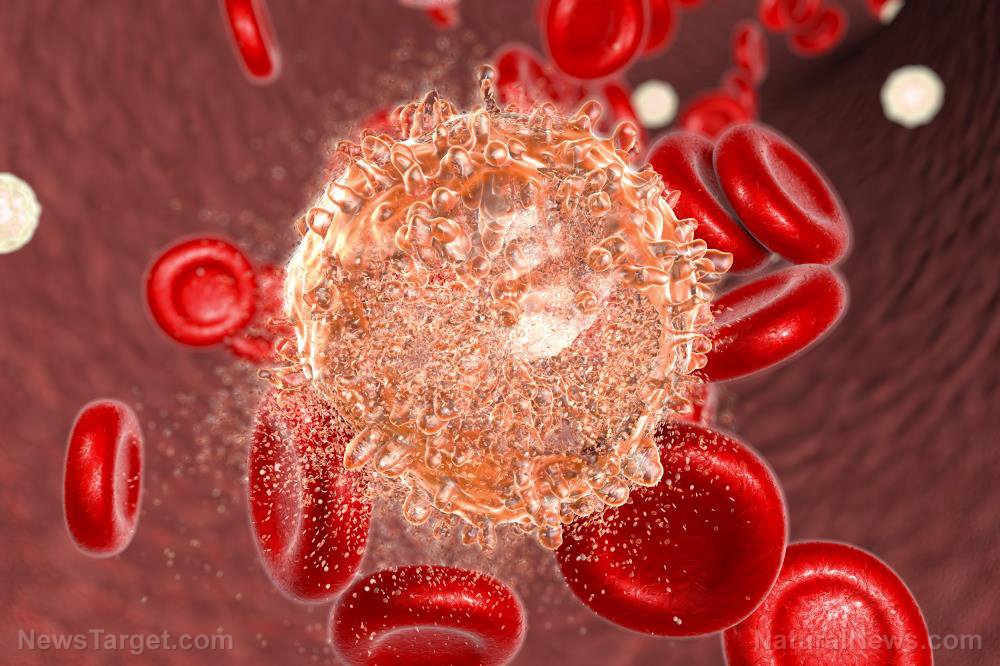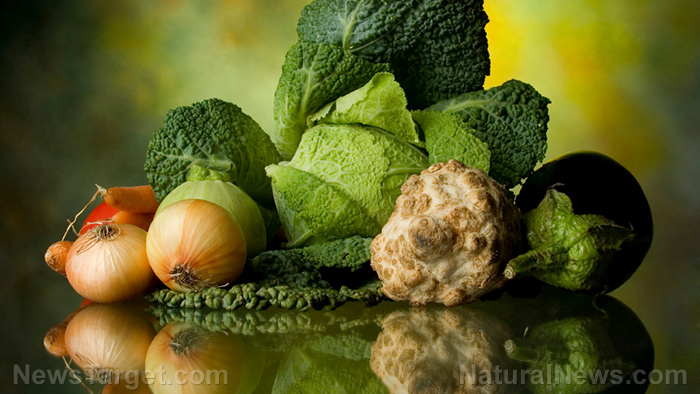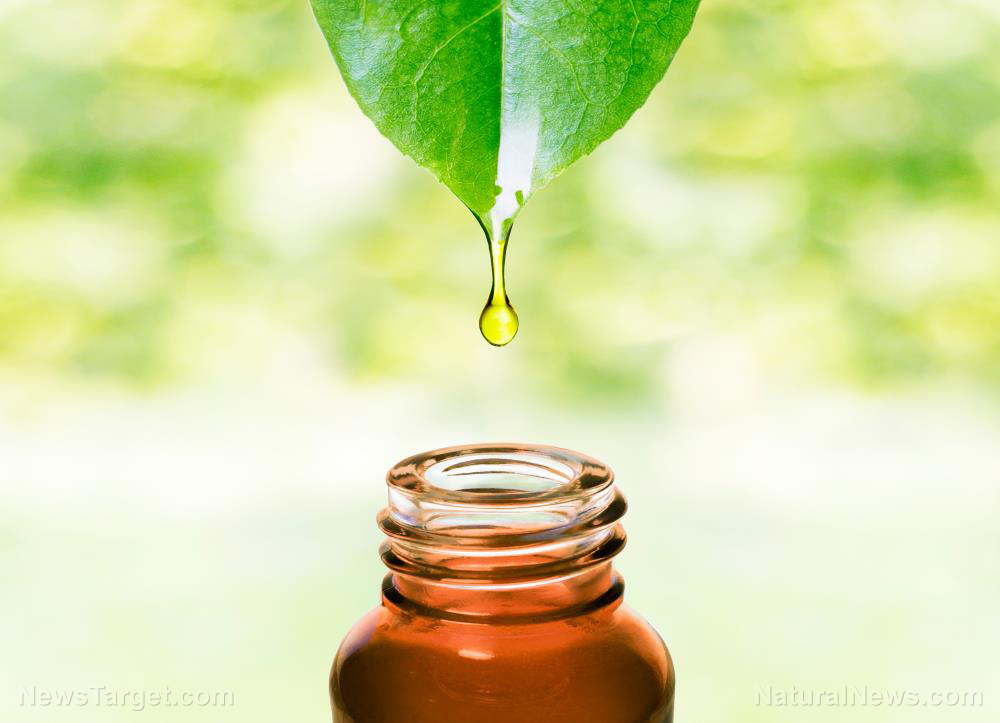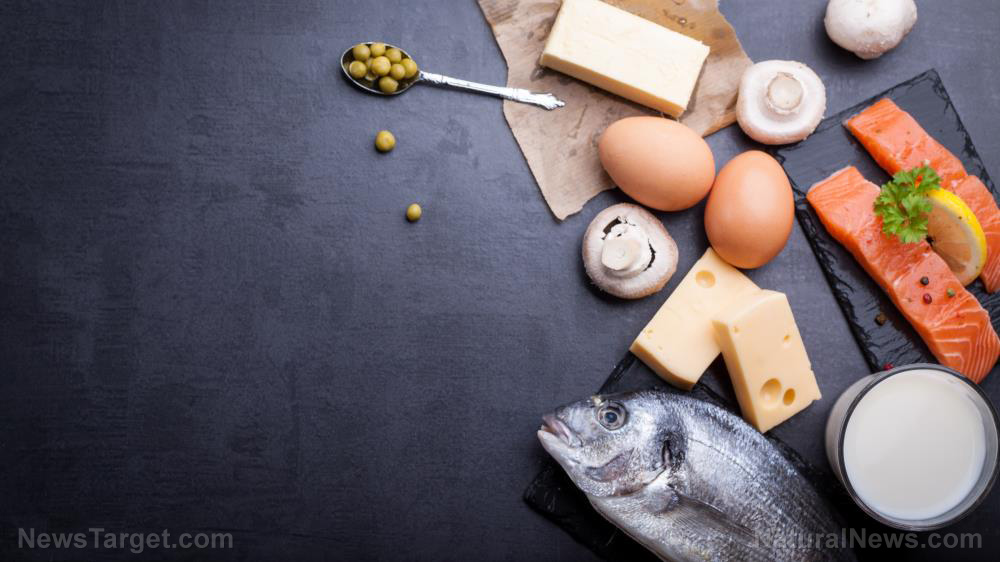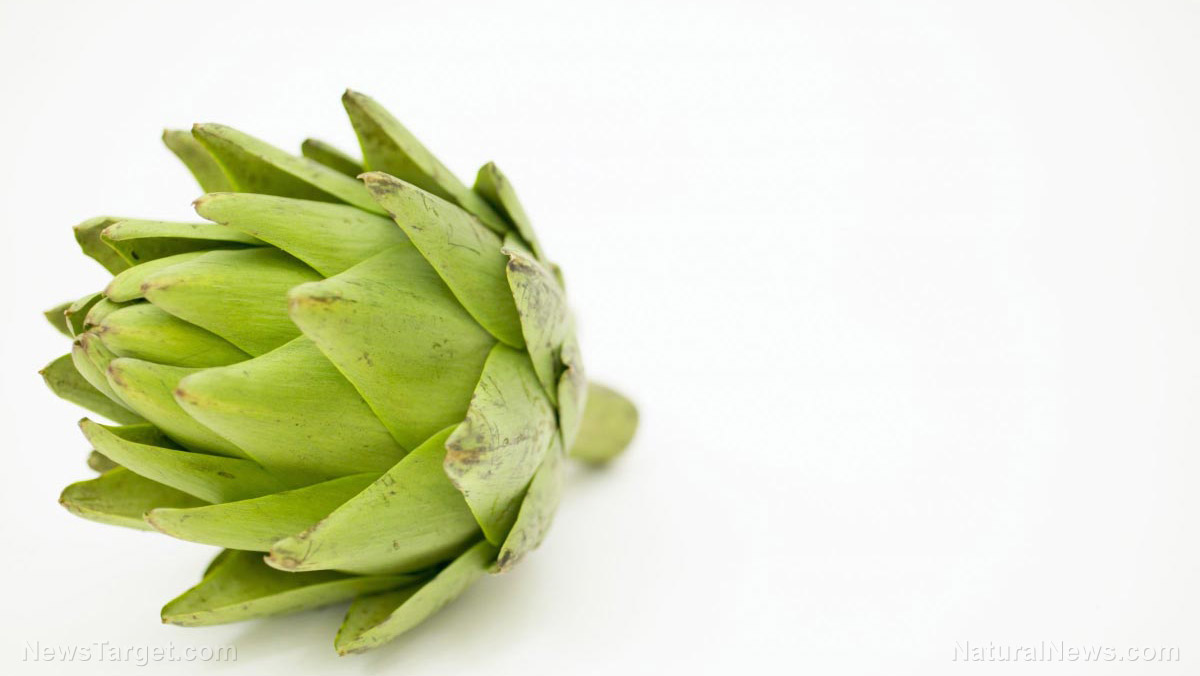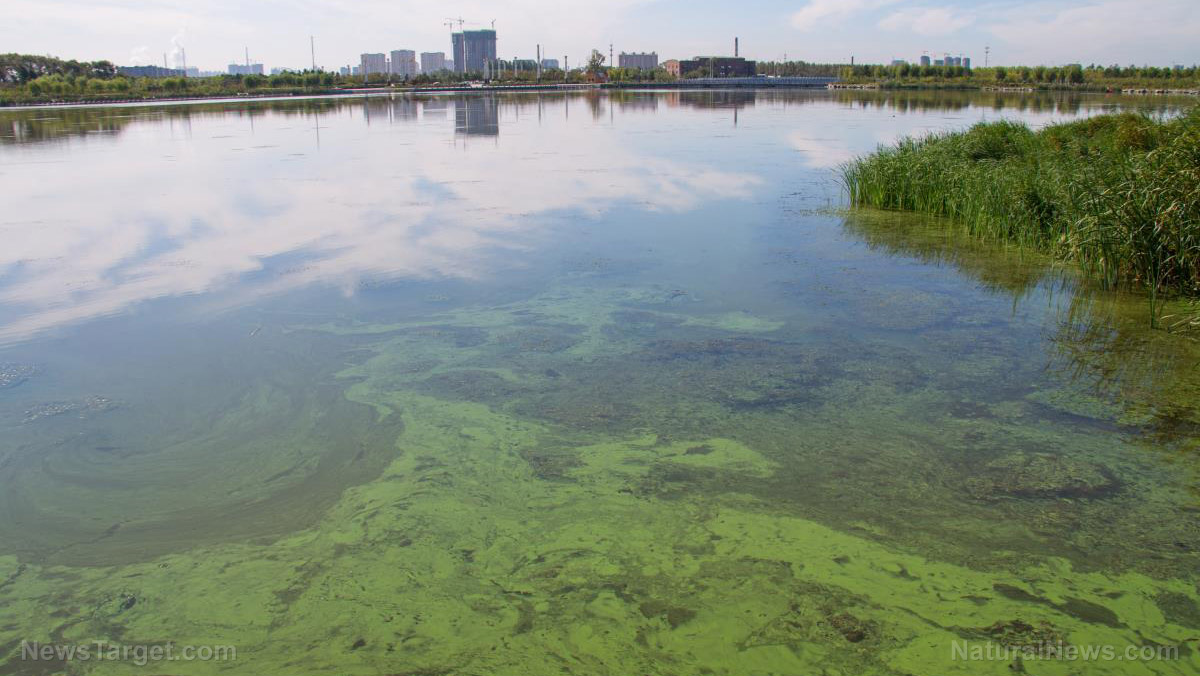Eggshells may one day be used to repair bones, experts claim
04/14/2020 / By Divina Ramirez
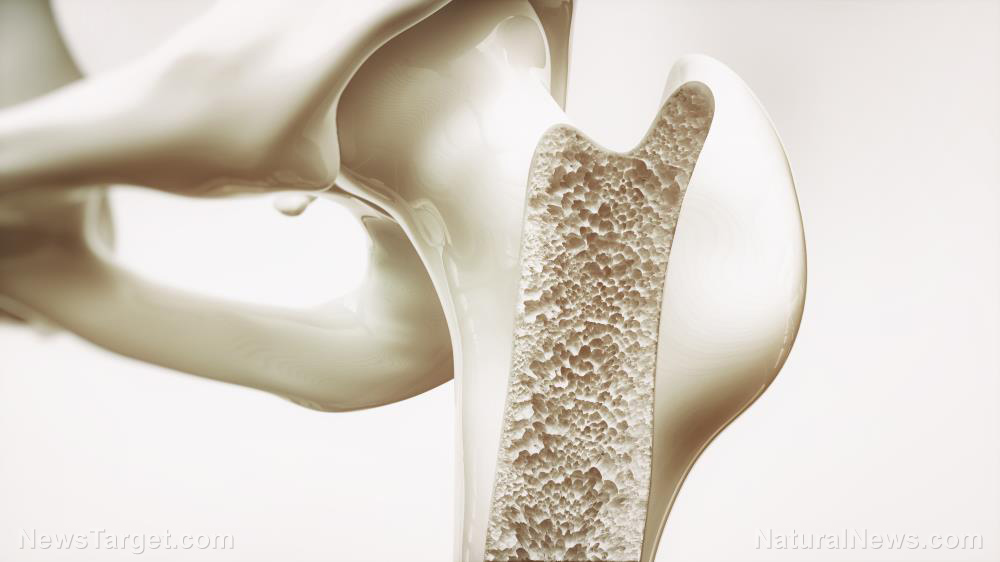
Eggshells can be used to grow new bones for bone grafts, reported a recent study published in Biomaterials Science. A team of researchers from the University of Massachusetts Lowell (UML) developed a hydrogel scaffold containing pulverized eggshells that can support the growth of new bones. And because the material can enhance the ability of bone cells to grow and harden, the researchers believe that it’s use in medical procedures could potentially result in faster healing.
The clinical potential of eggshells
Eggshells are one of the most abundant kitchen wastes on the planet. The U.S. alone generates about 300 million pounds of eggshell scraps annually. However, proper disposal of eggshells can be expensive, since the eggshells need to undergo several processes so it can be rid of bacteria, moisture and their protein-rich membranes that attract pests. Therefore, it may be more economical to re-purpose eggshells.
For this reason, some people grind eggshell scraps into a powder, which they then use as a natural calcium supplement. After all, eggshells are primarily comprised of calcium carbonate, a compound found in human bones. But this practice may do more harm than good since eggs can be contaminated with the bacterium Salmonella enteritidis. When ingested, the bacterium can immediately cause inflammation of the gastrointestinal tract.
On the other hand, eggshells may be the key to making economical and clinically viable bone grafts for humans. According to Gulden Camci-Unal, a professor of chemical engineering at UML and the senior author of the study, there is a need to develop new and functional materials that can be used to repair damaged bones. This led the researchers to conduct bone graft experiments using eggshells. Not only are eggshells readily available, they were also non-synthetic materials.
To explore the clinical potential of eggshells, the researchers first pulverized the shells then mixed the resulting powder with a hydrogel mixture. A hydrogel is a network of individual polymer chains that can hold large amounts of water while maintaining its structure. However, hydrogels are soft and flexible. By mixing the pulverized eggshells with the hydrogel mixture, the researchers were able to create a sturdy, miniature frame that can facilitate the growth of bone cells in a laboratory.
According to the researchers, the body is less likely to reject the bone graft generated using the new material since it will be grown using cells taken from the patient. Therefore, the possibility of the patient’s immune system mounting a response and rejecting the bone graft is greatly reduced. (Related: Scientists develop a new biomaterial made from citrate to help hasten bone regeneration.)
Millions of bone graft surgeries occur around the world every year. Most conventional bone graft methods are invasive and require the extraction of bone pieces from the patients’ own bodies or from cadavers and synthetic materials. But current medical technologies do not guarantee a 100 percent success rate of bone graft surgeries. A surgery may fail if the patient’s body rejects the grafts or if the grafts themselves fail to stimulate healthy bone formation.
According to Brian Amsden, a professor of biomedical engineering at Queen’s University in Ontario, the UML study provides a particularly innovative and promising method, since it does not require cadaver bones or the transplantation of the patients’ own bones. Moreover, eggshells are cheap, calcium-rich and more than capable of supporting bone growth. Hence the eggshell-based material developed by UML researchers may also be used to grow cartilage, teeth and even new tendons.
Although the eggshell-based material showed promising results in laboratory experiments, more studies are needed to ensure its efficacy and safety for clinical applications. The team is currently doing further testing to better understand how the eggshell-based material works.
FutureScienceNews.com has more stories on scientific breakthroughs and other interesting studies.
Sources include:
Tagged Under: bone graft, bone health, breakthrough, discoveries, egg shells, future science, innovation, medical tech, non-synthetic bone grafts, prevention, research, science and technology



